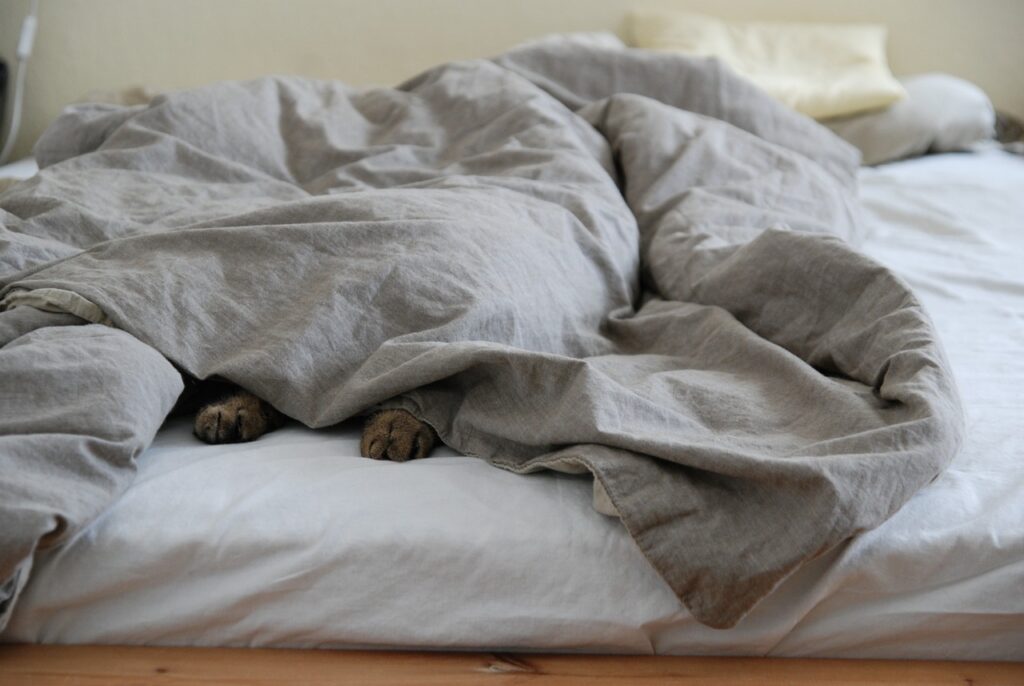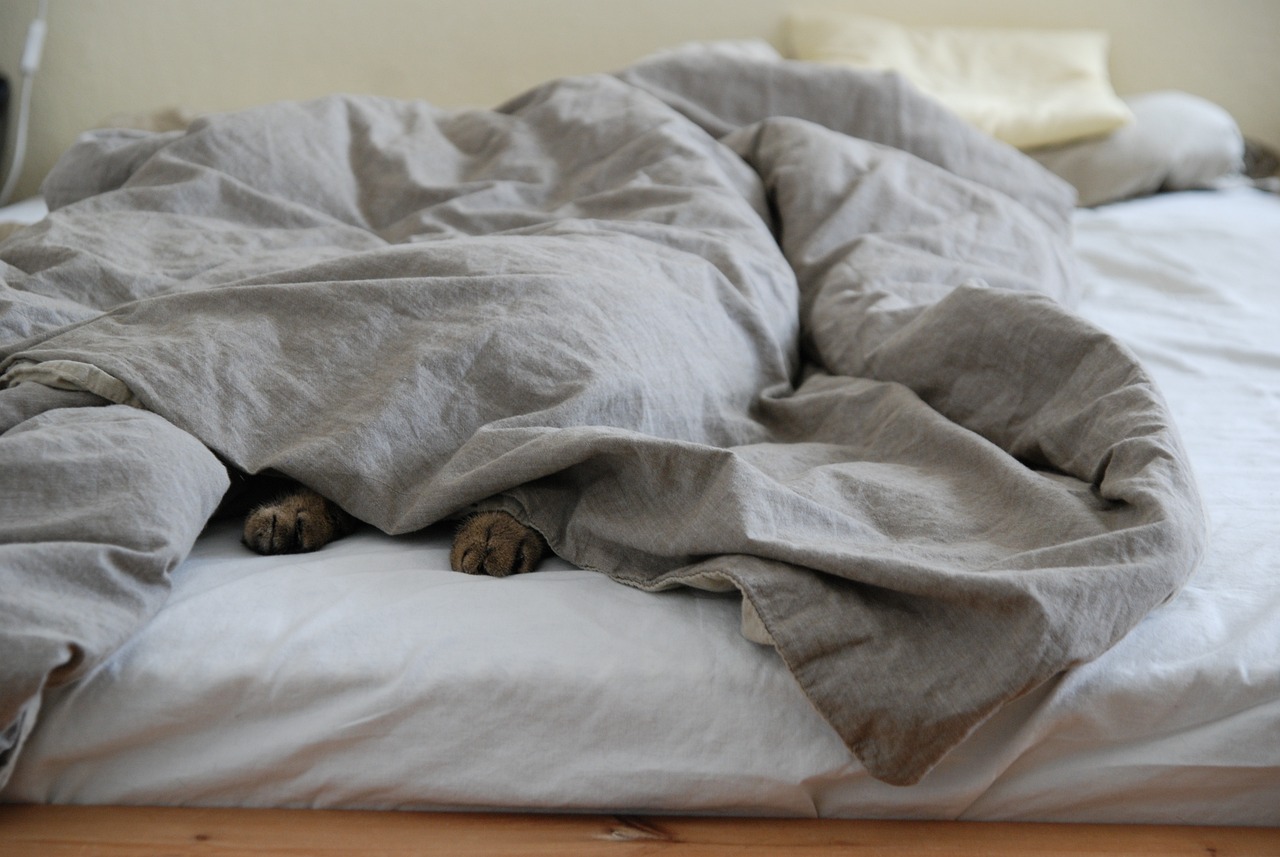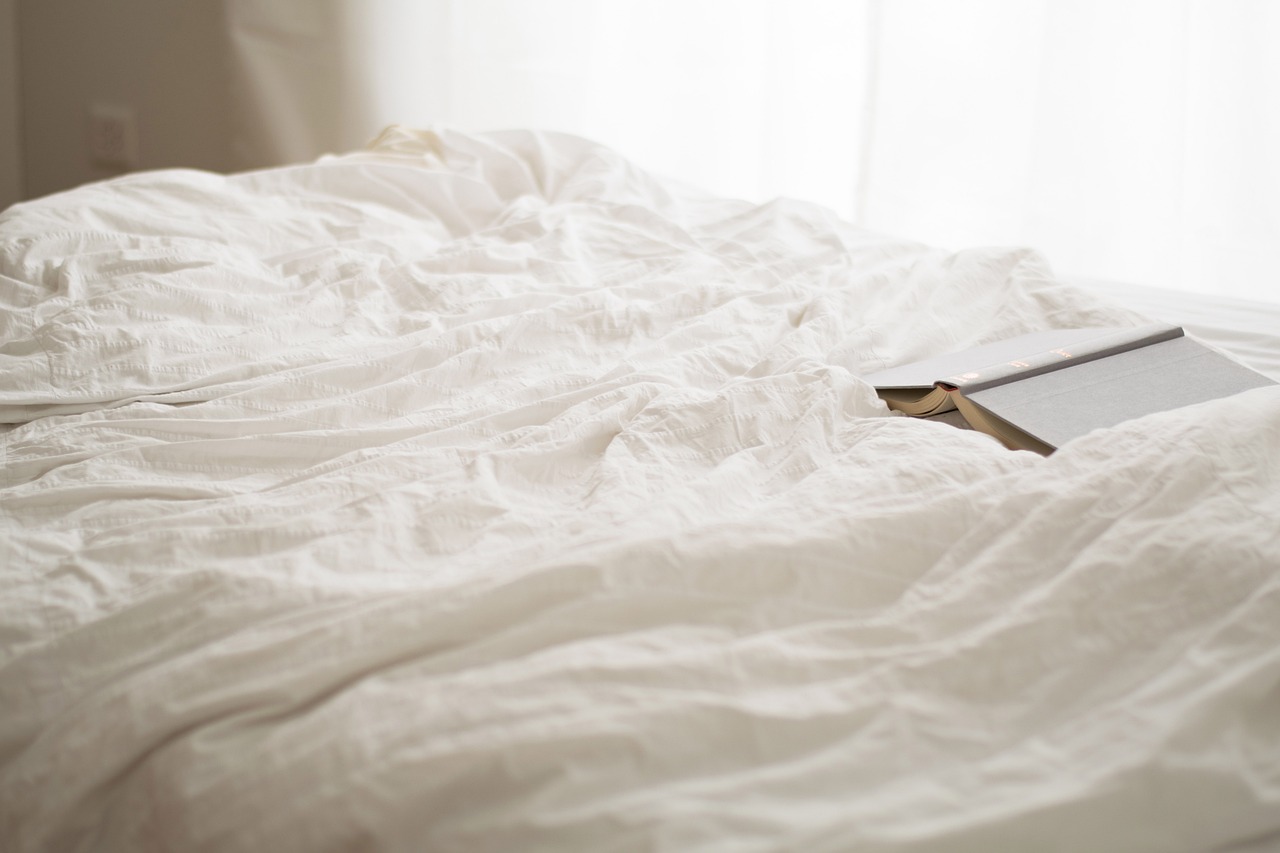Are you tired of waking up with itchy bites and spotting tiny blood stains on your sheets? Bed bugs could be the culprit. Understanding the size and shape of these pesky insects is crucial in effectively treating and preventing infestations.
Bed bugs, scientifically known as Cimex lectularius, are small, wingless creatures that feed on human blood. Measuring only about 5-7 millimeters in length, they have a flat, oval-shaped body. Their reddish-brown color makes them easily visible on light-colored surfaces.
Identifying bed bug infestations early is essential for prompt action. Their small size allows them to hide in cracks, crevices, and even electrical outlets. By recognizing their distinct shape and size, you can differentiate them from other common pests.
Understanding the size and shape of bed bugs is also crucial in determining the most effective treatment methods. Whether you opt for DIY solutions or seek professional help, knowledge of their anatomy helps in targeting their hiding spots and eradicating them.
Don’t let bed bugs invade your peaceful sleep. Read on to learn more about the size and shape of these pests, prevention measures, and when to call in the experts.
The Anatomy of a Bed Bug
The anatomy of a bed bug is fascinating to study. These tiny insects have a distinct body structure that allows them to survive and thrive in our homes.
Bed bugs are small, flat, and oval-shaped, with a reddish-brown color. They have six legs that enable them to move quickly and efficiently across various surfaces.
Their body is divided into three main segments: the head, thorax, and abdomen. The head contains a pair of antennae, which they use to detect heat and carbon dioxide emitted by their human hosts. Bed bugs also possess a sharp, needle-like mouthpart called a proboscis, which they use to pierce the skin and feed on blood.
Understanding the intricate anatomy of bed bugs is crucial for effective control and prevention methods.
Identifying Bed Bug Infestations
Spotting a bed bug infestation can be a challenge, but by learning how to identify their presence, you can effectively address the issue.
Bed bugs are small, oval-shaped insects that are about the size of an apple seed. They have a flat body, which allows them to easily hide in cracks and crevices. Adult bed bugs are reddish-brown in color, while nymphs and eggs are lighter in color and harder to see.
To identify a bed bug infestation, look for signs such as blood stains on your sheets or mattress, dark spots of bed bug excrement, or a sweet musty odor. You may also find shed skins or small white eggs.
If you suspect a bed bug infestation, it’s important to take immediate action to prevent further spread and eliminate the pests from your home.
The Importance of Size and Shape in Bed Bug Treatment
When it comes to bed bug treatment, understanding their behavior and habitat is crucial. Bed bugs are known to hide in cracks and crevices, making them difficult to locate and eliminate. Their small size and flat shape allow them to easily hide in mattresses, furniture, and other household items.
These factors must be taken into consideration when developing effective treatment methods to ensure complete eradication of the infestation.
Understanding Bed Bug Behavior and Habitat
Imagine lying in bed, wondering where those sneaky little bed bugs like to hide and how they behave. Well, let me tell you, they can be quite elusive creatures! Bed bugs are nocturnal insects that prefer to hide during the day and emerge at night to feed on human blood.
Their small size and flat shape allow them to squeeze into tiny crevices, making them difficult to detect and eliminate. They’re excellent hitchhikers, often traveling on luggage, clothing, or furniture to infest new areas.
Bed bugs prefer to hide in cracks and crevices near their food source, which is usually a bed or other sleeping area. They can be found in mattress seams, headboards, box springs, and even behind wallpaper or electrical outlets.
Understanding the behavior and habitat of bed bugs is crucial in effectively treating and preventing infestations.
How Size and Shape Affect Treatment Methods
Let’s explore how the unique characteristics of these elusive creatures affect the methods used to treat them.
The size and shape of bed bugs play a crucial role in determining the most effective treatment methods. Bed bugs are small, measuring about 5-7 millimeters in length and having a flat oval-shaped body. This allows them to hide in narrow cracks and crevices, making them difficult to detect and eliminate. Their small size also enables them to easily hitchhike on clothing, furniture, or luggage, spreading infestations to new locations.
To combat these resilient pests, treatment methods often involve a combination of chemical insecticides, heat treatments, and vacuuming. Chemical insecticides are applied to infested areas, targeting bed bugs directly or through residual effects. Heat treatments, such as steam or thermal remediation, are effective in killing bed bugs and their eggs by raising the temperature above their survival threshold. Vacuuming is employed to physically remove bed bugs and their eggs from surfaces.
Understanding the size and shape of bed bugs is crucial in devising effective treatment strategies to eliminate these persistent pests.
Prevention and Control Measures
To prevent bed bug infestations, there are several key tips you should follow. First, regularly inspect your home for any signs of bed bugs, such as blood stains or dark spots on your mattress.
Second, avoid bringing used furniture or clothing into your home without thoroughly inspecting and treating them.
Lastly, consider using mattress and box spring encasements to trap any bed bugs that may already be present.
When it comes to treatment options for eliminating bed bugs, there are several effective methods available. These include heat treatments, which use high temperatures to kill bed bugs and their eggs, as well as pesticide treatments, which involve applying insecticides to infested areas.
It’s important to consult with a professional pest control company to determine the best treatment option for your specific situation.
Tips for Preventing Bed Bug Infestations
One effective way to prevent bed bug infestations is by regularly inspecting your bedding and furniture for any signs of these tiny pests. Start by thoroughly examining your mattress, box spring, and bed frame. Look for dark spots or stains, which may indicate bed bug droppings. You should also check for discarded exoskeletons or small, reddish-brown bugs.
Additionally, inspect your furniture, especially upholstered pieces, for similar signs. If you travel frequently, inspect your luggage and clothing before bringing them into your home. To further prevent infestations, consider using mattress and box spring encasements, which can trap any bed bugs already present and prevent new ones from entering.
Regularly vacuum your mattress and furniture, and wash your bedding in hot water. By following these tips, you can significantly reduce the risk of bed bug infestations in your home.
Effective Treatment Options for Bed Bug Elimination
Effective treatment options for eliminating bed bugs include hiring a professional exterminator, using heat treatment, or applying insecticides specifically designed for bed bug eradication.
Professional exterminators have the experience and knowledge to effectively locate and eliminate bed bug infestations. They use a combination of methods such as steam treatment, vacuuming, and chemical application to ensure complete eradication.

Heat treatment involves raising the temperature of the infested area to a level that’s lethal to bed bugs. This method is effective in killing both adult bed bugs and their eggs.
Insecticides designed for bed bug eradication are specifically formulated to target these pests and are available in various forms such as sprays, dusts, or powders. It’s important to carefully follow the instructions and safety precautions when using insecticides to ensure effective treatment and minimize health risks.
Seeking Professional Help
When you encounter a bed bug infestation, it’s important to know when to call a pest control expert. A professional can assess the severity of the problem and determine the most effective treatment plan.
Before hiring a bed bug exterminator, it’s crucial to ask questions regarding their experience, methods, and guarantees to ensure you’re making an informed decision.
When to Call a Pest Control Expert
If you’re unsure about the severity of your bed bug infestation, it’s time to reach out to a pest control expert for a professional assessment. They possess the knowledge and experience to accurately evaluate the situation and determine the appropriate course of action.
Pest control experts are trained to identify the signs of a bed bug infestation, such as live bugs, shed skins, or dark stains on bedding and furniture. They will conduct a thorough inspection of your home, focusing on areas where bed bugs are known to hide, such as mattresses, box springs, and furniture seams.
With their expertise, they can provide you with an accurate diagnosis and develop a customized treatment plan to eliminate the bed bugs from your home effectively. Don’t hesitate to call a pest control expert if you suspect a bed bug problem; their professional assessment will help you address the issue promptly and efficiently.
Questions to Ask When Hiring a Bed Bug Exterminator
Now that you know when to call a pest control expert for a bed bug infestation, it’s important to ask the right questions when hiring an exterminator. This will ensure that you choose a professional who is knowledgeable and experienced in dealing with bed bugs.
Here are some questions to consider asking:
- How long have you been in business and how much experience do you have specifically with bed bug extermination?
- What methods do you use to treat bed bugs and how effective are they?
- Are your treatments safe for humans and pets?
- Do you offer a guarantee or warranty for your services?
- Can you provide references from previous clients who have had successful bed bug treatments?
By asking these questions, you can make an informed decision when selecting a bed bug exterminator and increase your chances of a successful elimination of these pests.
Frequently Asked Questions
How long does it take for a bed bug infestation to occur?
Bed bug infestations can occur within a few weeks if conditions are favorable. Female bed bugs lay about 200 eggs in their lifetime, which hatch in about 6-10 days. The nymphs reach adulthood in about 5-8 weeks.
Can bed bugs fly or jump?
No, bed bugs cannot fly or jump. They are wingless insects that move by crawling. They have a flat, oval-shaped body and are about the size of an apple seed.
What are the signs of a bed bug bite?
Bed bug bites appear as red, itchy welts on your skin. They often occur in a line or cluster and can be found on exposed areas such as face, neck, arms, and hands.
Are bed bugs only found in beds?
Bed bugs are not only found in beds; they can also infest furniture, cracks, and crevices. They are about the size of an apple seed, oval-shaped, and reddish-brown in color.
Can bed bugs survive in extreme temperatures?
Bed bugs can survive in extreme temperatures, but they have limits. They can withstand temperatures between 46 and 113 degrees Fahrenheit, but they prefer temperatures around 70-80 degrees Fahrenheit.
Conclusion
In conclusion, understanding the size and shape of bed bugs is crucial for effective treatment and prevention. By recognizing their distinct anatomy and identifying infestations, you can take the necessary steps to control and eliminate these pests.
Remember that bed bugs can be difficult to eradicate, so seeking professional help may be necessary for comprehensive and long-lasting results. Stay informed and proactive in your efforts to keep your home bed bug-free.










